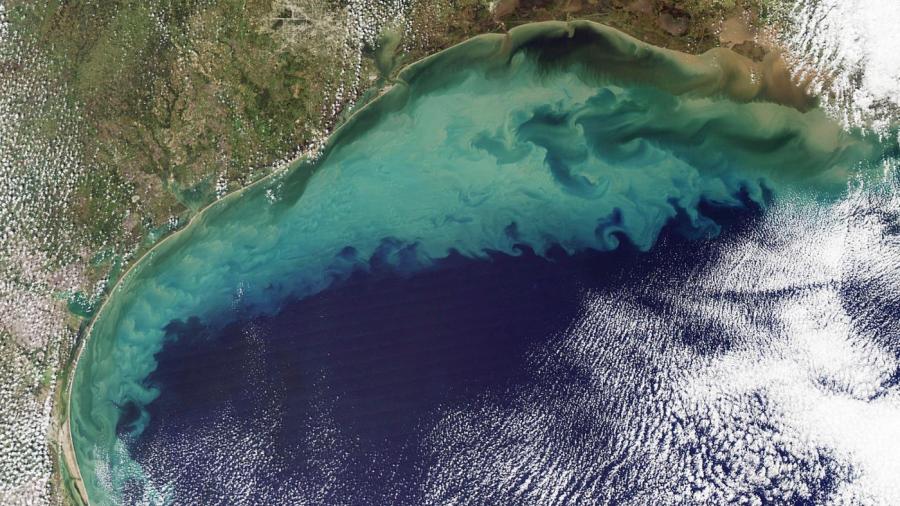What Are the Differences Between an Ocean, a Sea, a Bay and a Gulf?

Oceans, seas, bays and gulfs are all primarily distinguished by size. An ocean and a sea differ mainly by size as oceans are larger than seas. Similarly, the difference between a bay and a gulf is also based on size. Gulfs are larger than bays, and small bays are sometimes called coves.
Oceans are the largest bodies of water on Earth, and they all contain salt water. There are only five oceans: the Atlantic, Pacific, Arctic, Indian and Southern Oceans. The Atlantic Ocean is divided into the North and South Atlantic Oceans by the equator, and the Pacific Ocean is divided into the North and South Pacific Oceans by the same line. Seas are similar to oceans in that they contain salt water, but they are smaller in size. There are many more seas than oceans, and prominent examples include the Red Sea, the Mediterranean Sea and the Baltic Sea. Generally, seas are surrounded by land, and oceans surround land.
A bay is an indentation in land by a sea, ocean or even a lake. A large bay that is in an ocean is referred to as a gulf. Because of their size and significance, most gulfs are specifically named. The Gulf of Mexico and the Persian Gulf are common examples. Both gulfs and bays are sometimes referred to as inlets.





